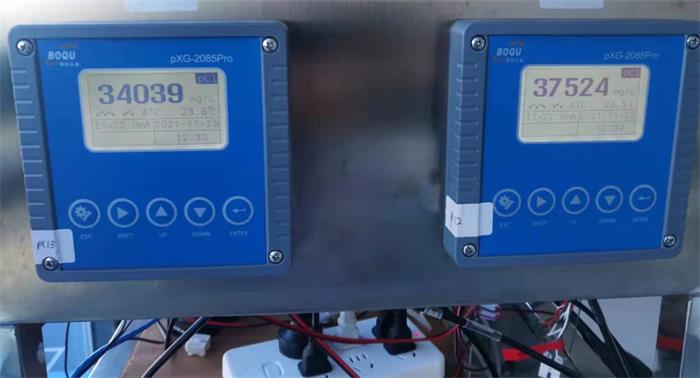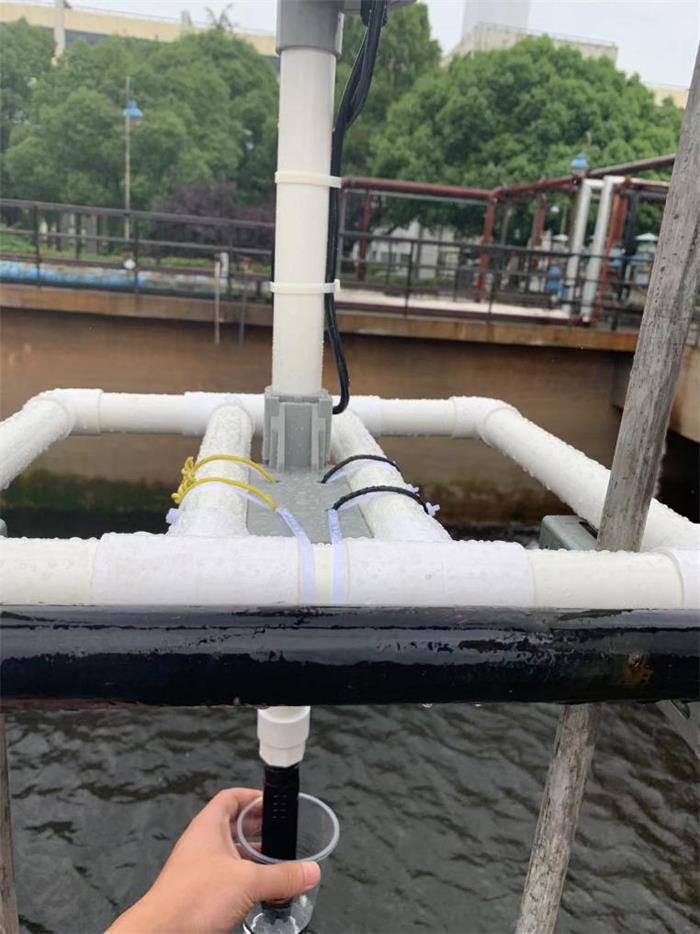The ion concentration meter is a conventional laboratory electrochemical analysis instrument used to measure the ion concentration in the solution. The electrodes are inserted into the solution to be measured together to form an electrochemical system for measurement.
Ion meter, also known as ion activity meter, ion activity refers to the effective concentration of ions participating in the electrochemical reaction in the electrolyte solution. The function of the ion concentration meter: touch-type large-screen LCD display, full English operation interface. With multi-point calibration (up to 5 points) allows users to create their own standard set of functions.
The ion analyzer can easily and quickly quantitatively detect fluoride ions, nitrate radicals, pH, water hardness (Ca 2 + , Mg 2 + ions), F-, Cl-, NO3-, NH4+, K+, Na+ ions in water, as well as the accurate concentrations of various pollutants.
Ion analysis refers to selecting different analysis methods for analysis and testing according to different characteristics of the sample to obtain the type and content of elements or ions in the sample, to realize the analysis of the type and content of elements or ions in the sample, and to meet customer requirements for element ion analysis.
Working Principle
The ion analyzer mainly uses the ion selective electrode measurement method to achieve accurate detection. Electrodes on the instrument: fluorine, chlorine, sodium, nitrate, ammonia, potassium, calcium, and reference electrodes. Each electrode has an ion-selective membrane, which reacts with the corresponding ions in the sample to be tested. The membrane is an ion exchanger, and the potential between the liquid, the sample and the membrane can be detected by reacting with the ion charge to change the membrane potential. . The difference between the two potentials detected on both sides of the membrane will generate a current. The sample, the reference electrode, and the reference electrode liquid form one side of the "loop", and the membrane, the internal electrode liquid, and the internal electrode form the other side.
The difference in ionic concentration between the internal electrode solution and the sample produces an electrochemical voltage across the membrane of the working electrode, which is led to the amplifier through the highly conductive internal electrode, and the reference electrode is also led to the location of the amplifier. A calibration curve is obtained by measuring an accurate standard solution of known ion concentration to detect the ion concentration in the sample.
Ion migration occurs within the aqueous layer of the ion-selective electrode matrix when the measured ions in solution contact the electrodes. The change in the charge of the migrating ions has a potential, which changes the potential between the membrane surfaces, creating a potential difference between the measuring electrode and the reference electrode.
Application
Monitor measurements of ammonia, nitrate, etc. in surface water, groundwater, industrial processes, and sewage treatment.
The fluoride ion concentration meter is designed to measure the fluoride ion content in the aqueous solution, especially for the quality monitoring of high-purity water in power plants (such as steam, condensate, boiler feed water, etc.) Chemical, microelectronics and other departments, determine the concentration (or activity) of fluoride ions in natural water, industrial drainage and other water.
Maintenance
1. How to solve when the detector fails
There are 4 reasons why the detector fails:
①The plug of the detector is loose with the motherboard seat;
②The detector itself is broken;
③ The fixing screw on the valve core and the motor rotating shaft are not fastened in place;
④ The spool itself is too tight to rotate. The order of inspection is ③-①-④-②.
2. Reasons and treatment methods for poor sample suction
There are four main reasons for poor sample aspiration, which are checked along the "simple to complex" approach:
①Check whether the connecting pipes of each interface of the pipeline (including the connecting pipes between electrodes, between electrodes and valves, and between electrodes and pump pipes) are leaking. This phenomenon is manifested as no sample suction;
② Check whether the pump tube is stuck or too fatigued, and a new pump tube should be replaced at this time. The phenomenon is that the pump tube makes an abnormal sound;
③ There is protein precipitation in the pipeline, especially at the joints. This phenomenon is manifested as unstable positioning of the liquid flow velocity process, even if the pump tube is replaced with a new one. The solution is to remove the joints and clean them with water;
④ There is a problem with the valve itself, so check it carefully
Post time: Oct-11-2022






